Back to Black only scratches the surface of Amy Winehouse’s life, leaving out or changing certain aspects. Directed by Sam Taylor-Johnson, the biopic stars Marisa Abela as the late singer, who channels Winehouse’s sound and spirit. Back to Black reviews have not been positive, with many comparing the film to the documentary Amy, which was highly praised at the time of its release. No biopic is capable of putting in every detail from the subject’s life, so it stands to reason that some things (and people) are left out and some creative liberty is taken with the truth.
Back to Black is based on a true story, one that plays out like the worst and the best biopics that came before it — chronologically. Abela’s Winehouse experiences joyful moments and tumultuous ones, especially when they involve ex-husband Blake Fielder-Civil (Jack O’Connell). The film follows the singer as she records some of her most famous songs, including “Back to Black,” the film’s namesake, as well as her drug and alcohol addictions and the lead-up to her death in 2011. While Back to Black hits some of the major notes in Winehouse’s personal life and career, it also sidesteps others entirely.
10. Back To Black Avoided Amy Winehouse’s Early Days & Childhood
The biopic only covers her life as an adult

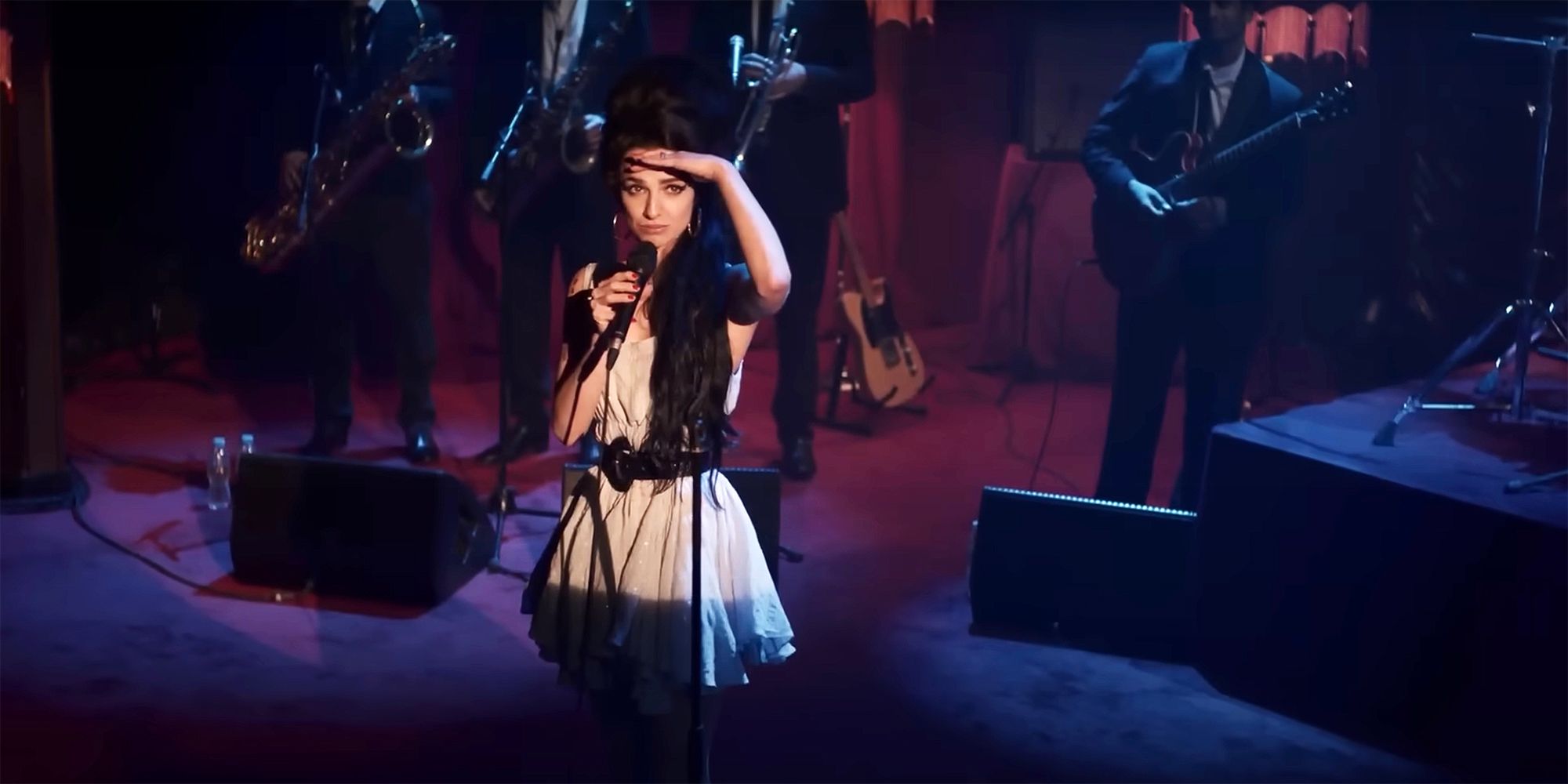
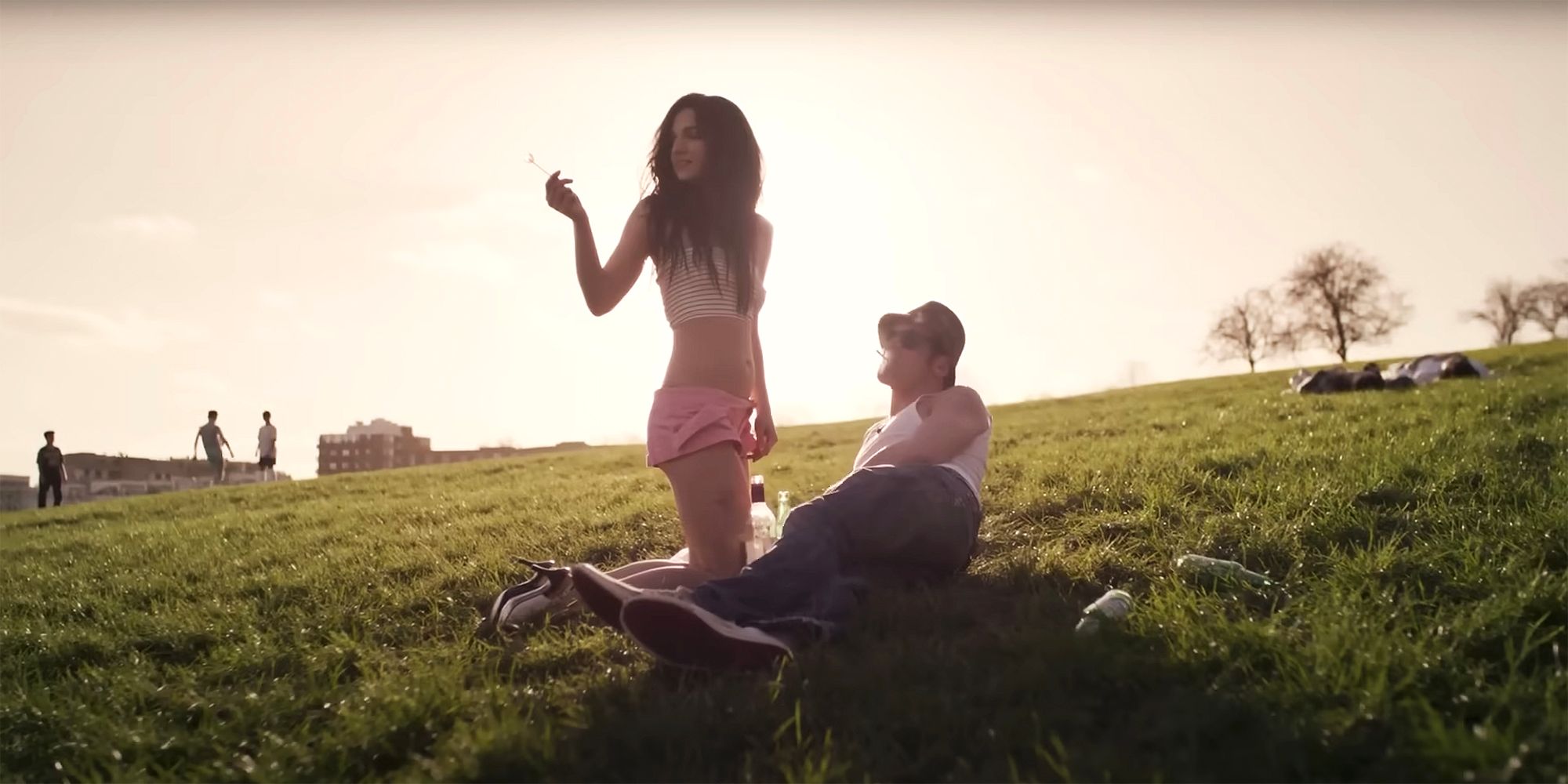
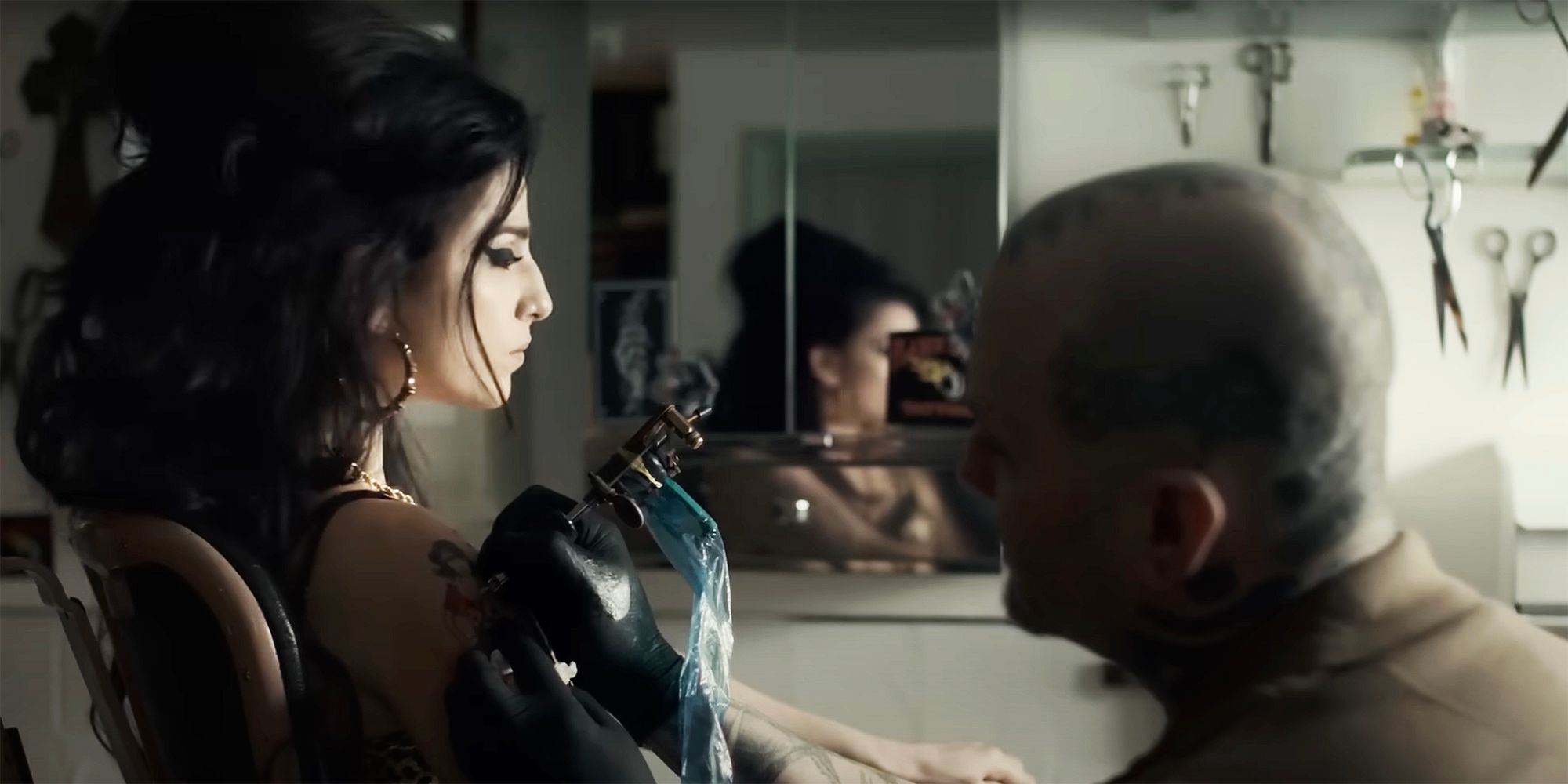
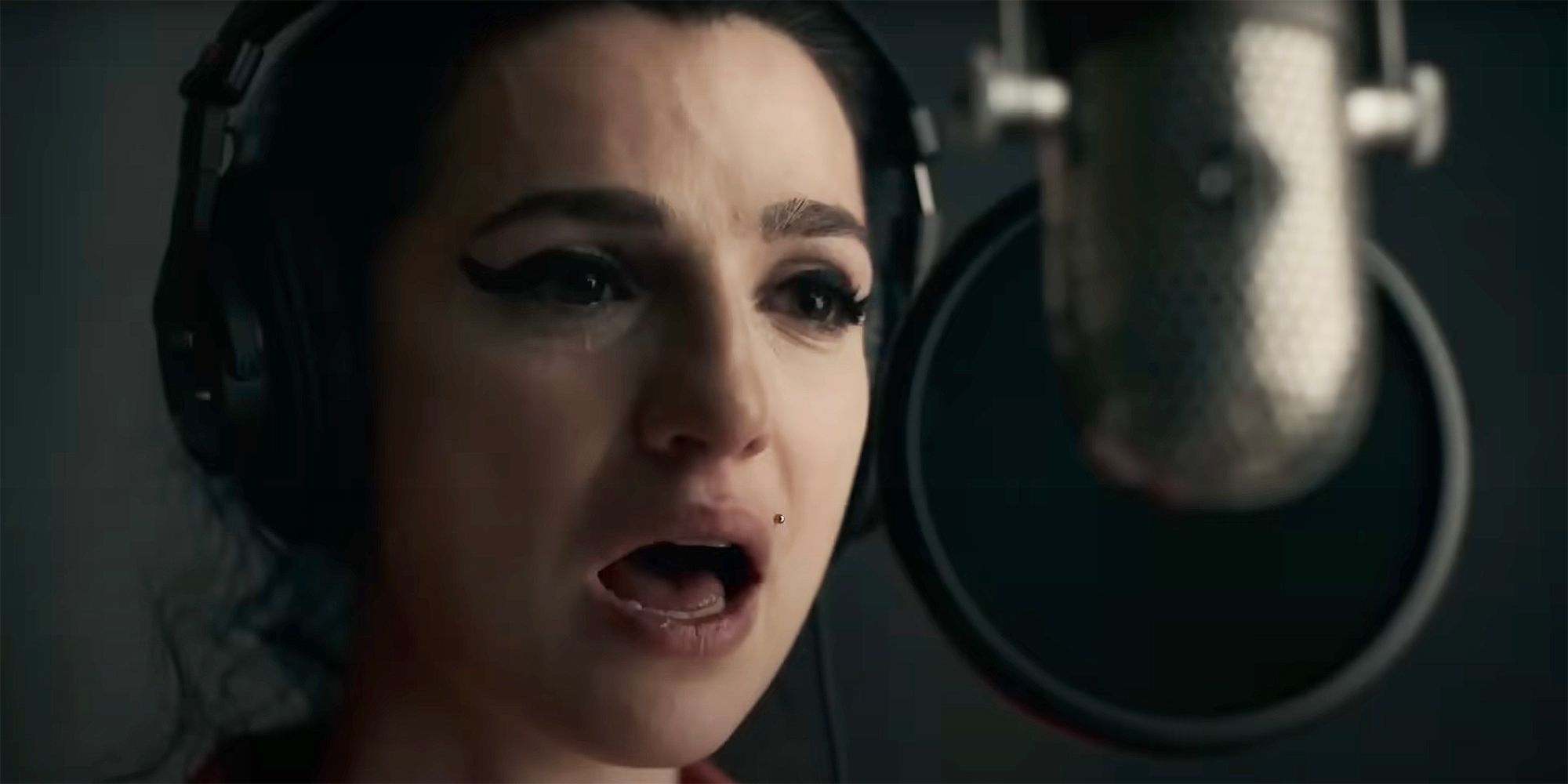





Back to Black starts when Amy Winehouse is an early adult. It doesn’t include any scenes from her childhood or teen years. Audiences don’t learn when exactly she began singing or what made her want to perform. There is a mention of Winehouse’s brother, Alex, early on in the film, but Back to Black doesn’t get into the details of their relationship beyond the comment. Nor does the film delve into what Amy’s relationship with her mother looked like during her youth.
The biopic barely even explores Winehouse’s first album, Frank, beyond the fact that it was successful. Ultimately, who Amy was as a child and teenager and how that shaped her life later on is not explored in the film. Rather, Back to Black begins the story with Winehouse as fans have come to know her — as a musician who pens great lyrics and has her own style and voice as an artist.
9. Back To Black Ignored Amy Winehouse’s Relationship With Her Band & Bodyguard

Amy Winehouse was close to her bodyguard and band, The Dap-Kings, something Back to Black doesn’t really explore. For the majority of the movie, they’re ignored. There are a couple of instances where Amy is seen laughing and getting along with them, but the intricacies of her relationship with them is not given any kind of depth. Winehouse and the band would go out to dinners together and discuss music, but Back to Black glosses over these moments, focused primarily on Winehouse’s relationship with her ex-husband.
The Dap-Kings were always in close proximity to Winehouse during the Back to Black album and tour days, as they started off as not having a separate dressing room for the singer (via BBC). They would collaborate on music, with Winehouse asking for their opinions. As for Winehouse’s bodyguard, he was the one who found her after she died, and he claimed that they watched videos of Winehouse’s performances (via People).
8. Back To Black Cut Mark Ronson Entirely From The Biopic
The DJ was central to the Back to Black album

Mark Ronson played a pivotal role in Amy Winehouse’s life and music, helping produce tracks on the Back to Black album. Interestingly, however, Back to Black doesn’t include Ronson at all. Jeff Tunke was reportedly cast to play him in the film, but The Daily Mail alleges that his scenes were all cut from the biopic. Tunke spoke to the publication, claiming he worked with Taylor-Johnson on the film, but Back to Black’s movie producers allege that scenes featuring Tunke’s Ronson were never filmed, making it impossible for said scenes to be cut.
Back to Black skyrocketed Amy Winehouse to fame in the US.
Meanwhile, Back to Black screenwriter Matt Greenhalgh told Virgin Radio UK that he “nearly didn’t put [Ronson] in” the film, claiming that he wasn’t really cut out because of that. Greenhalgh went on to say that Ronson’s influence is in Back to Black’s songs, and that the biopic wasn’t about him — it was about Amy Winehouse. But Ronson said (via NME) that he had read the script, though he didn’t have anything directly to do with its production.
7. Amy Winehouse Likely Knew Who The Shangri-Las Were Before Meeting Blake
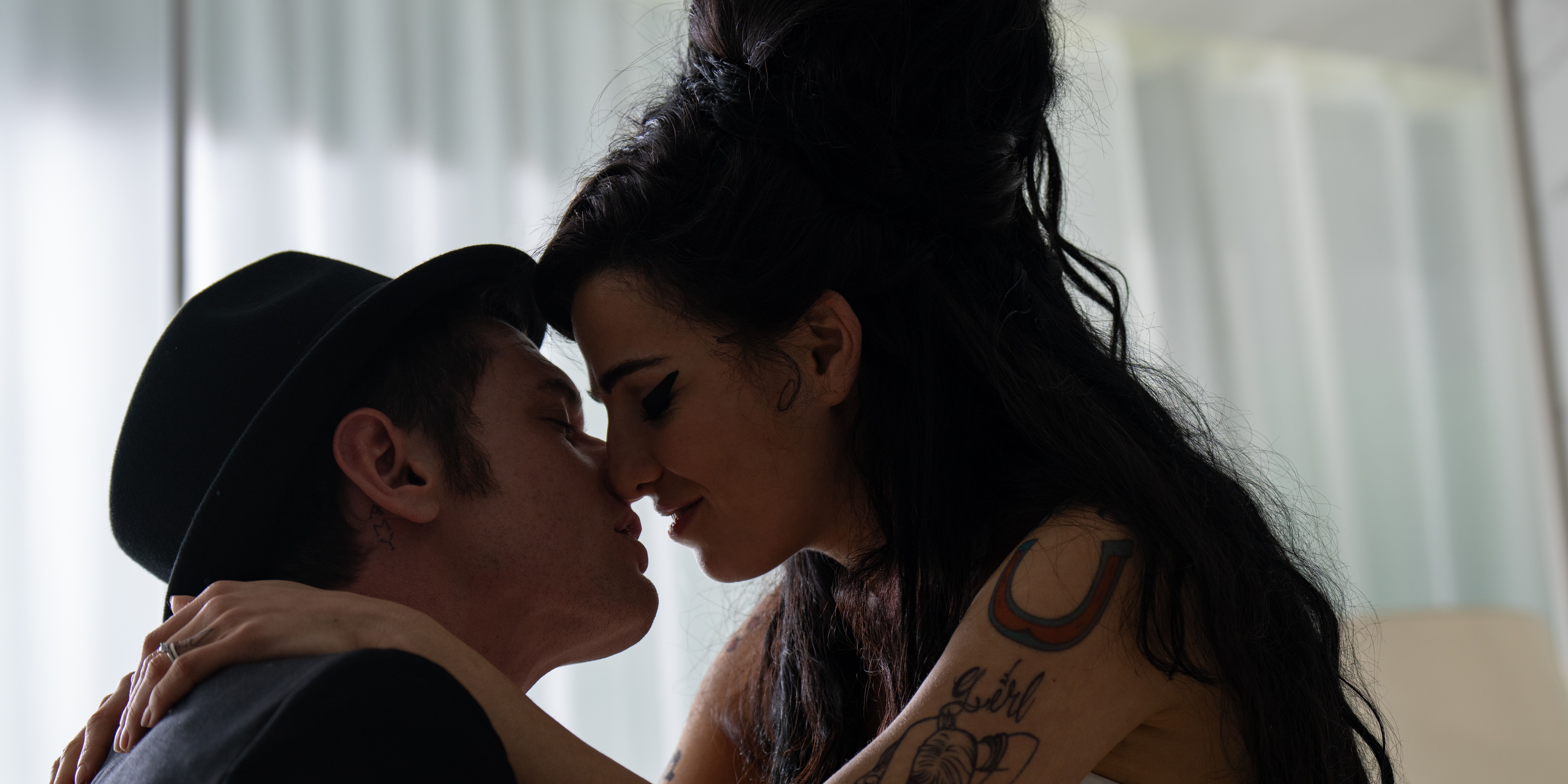
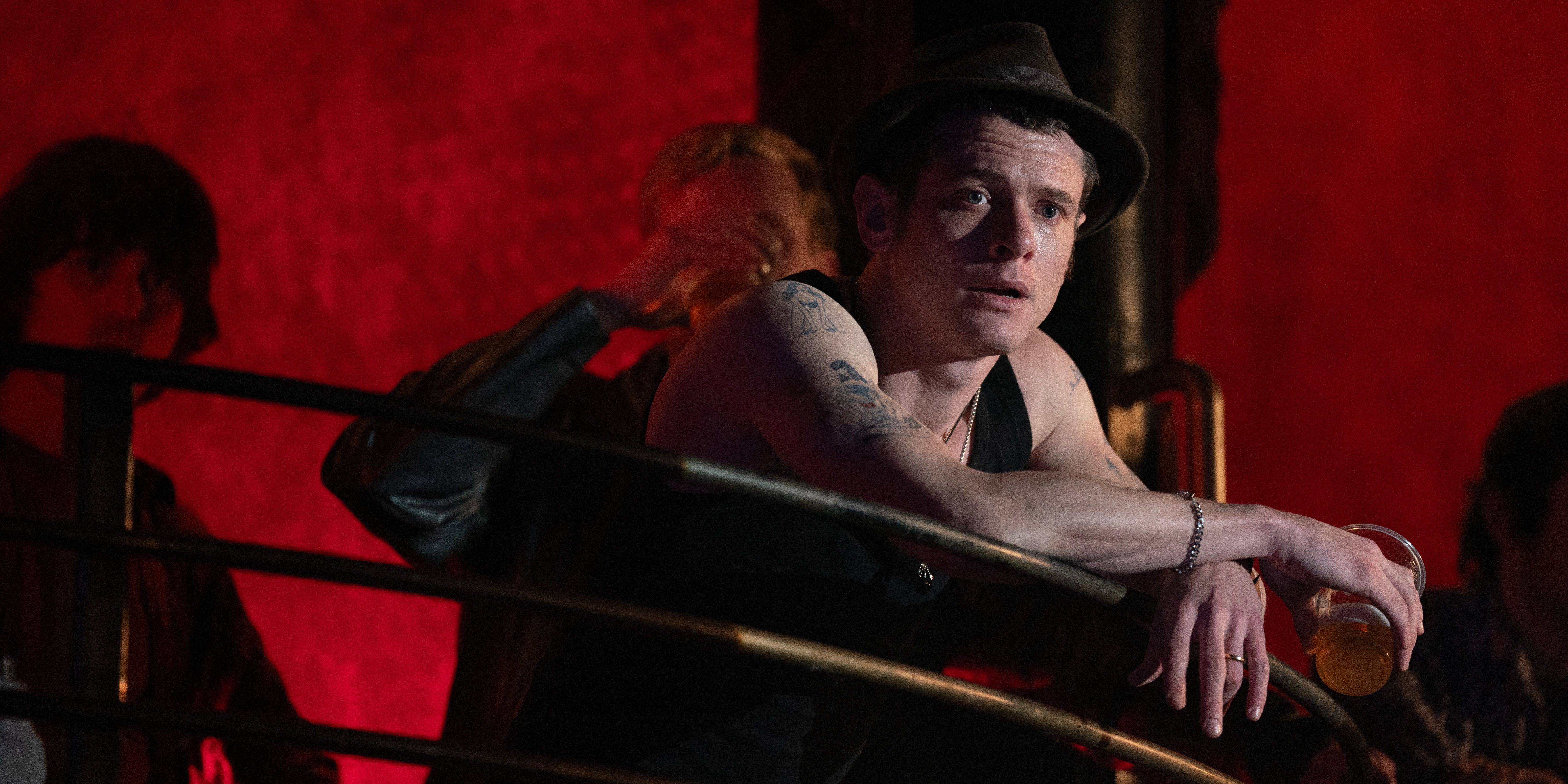
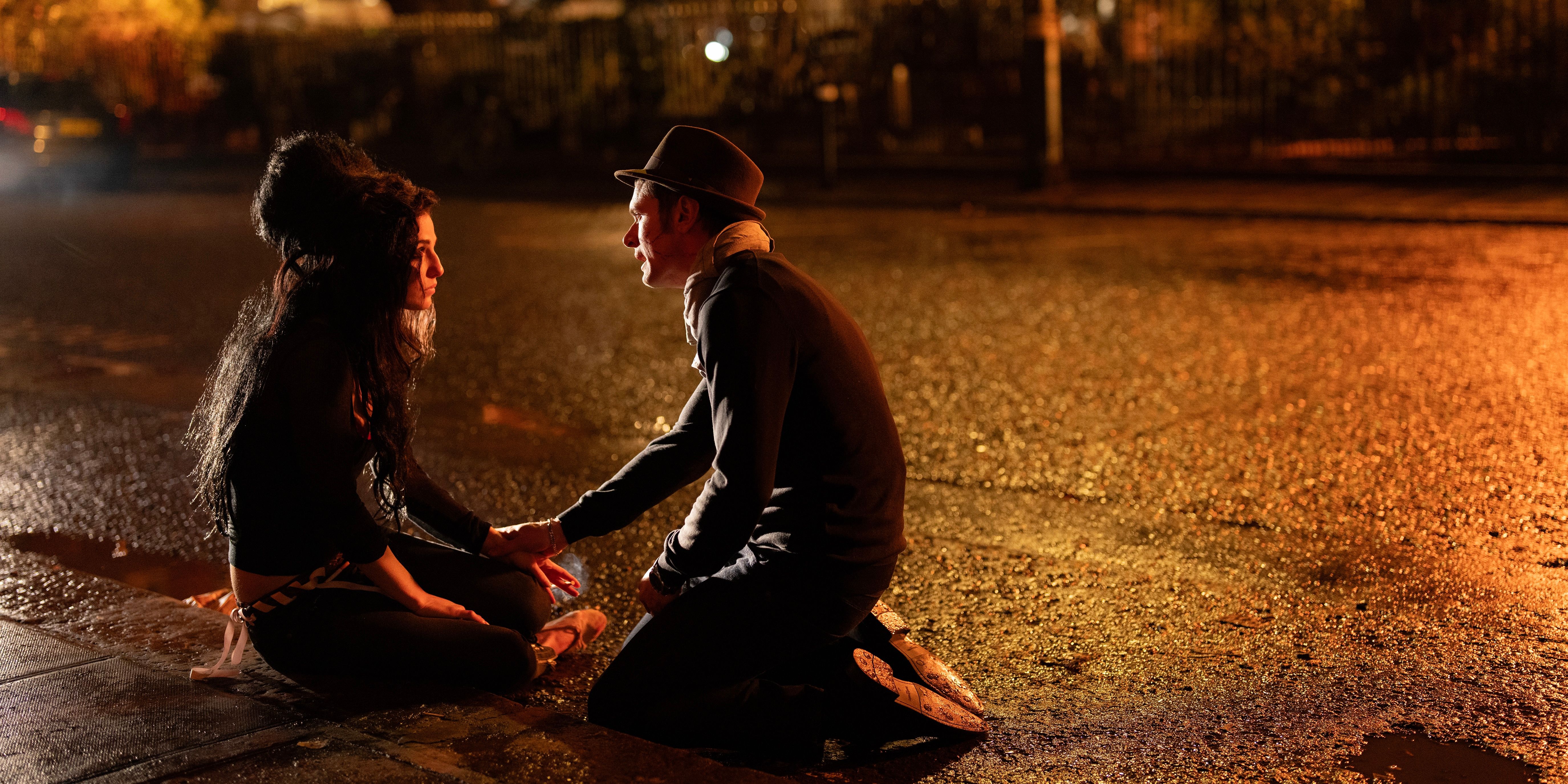
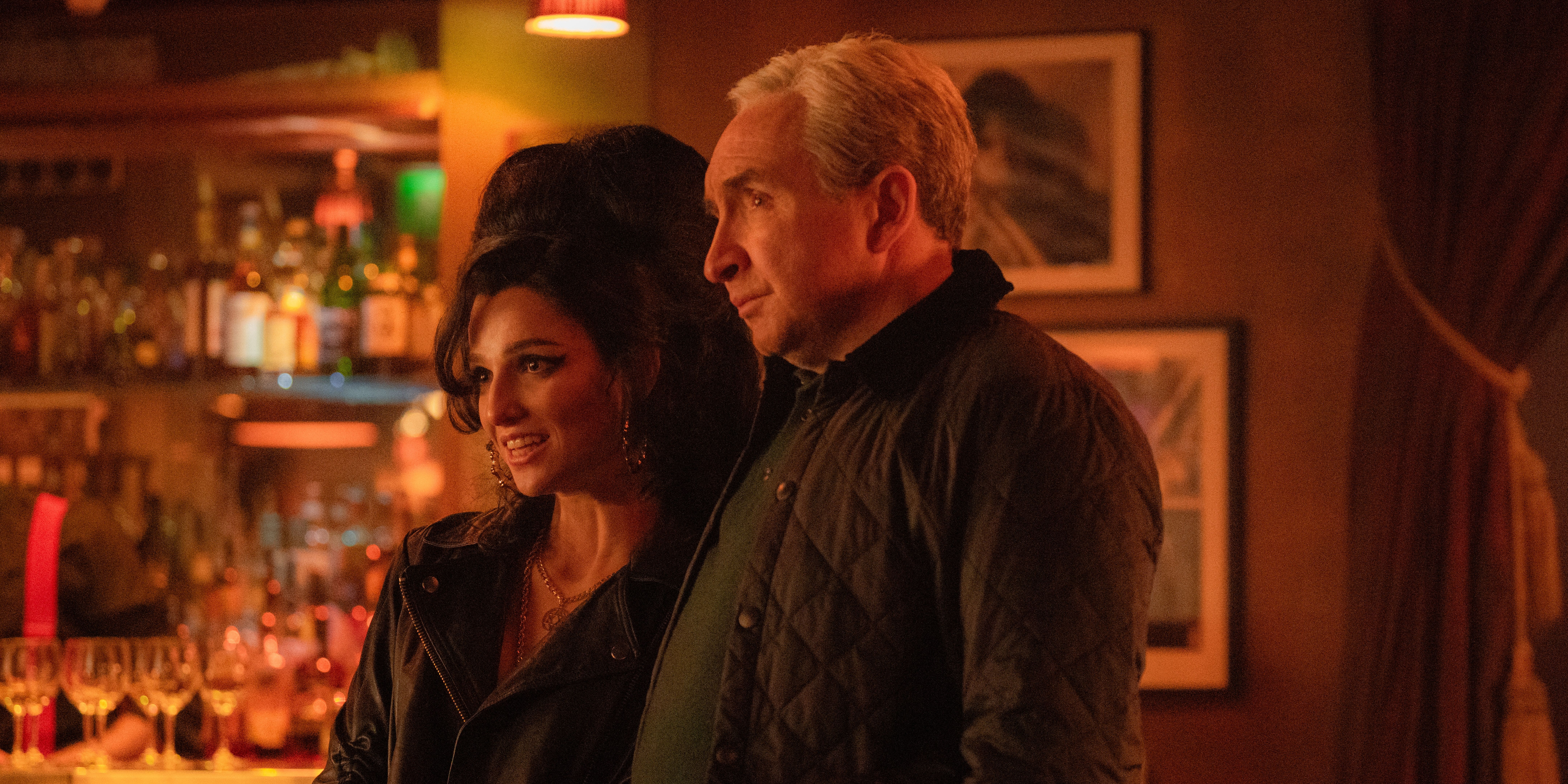
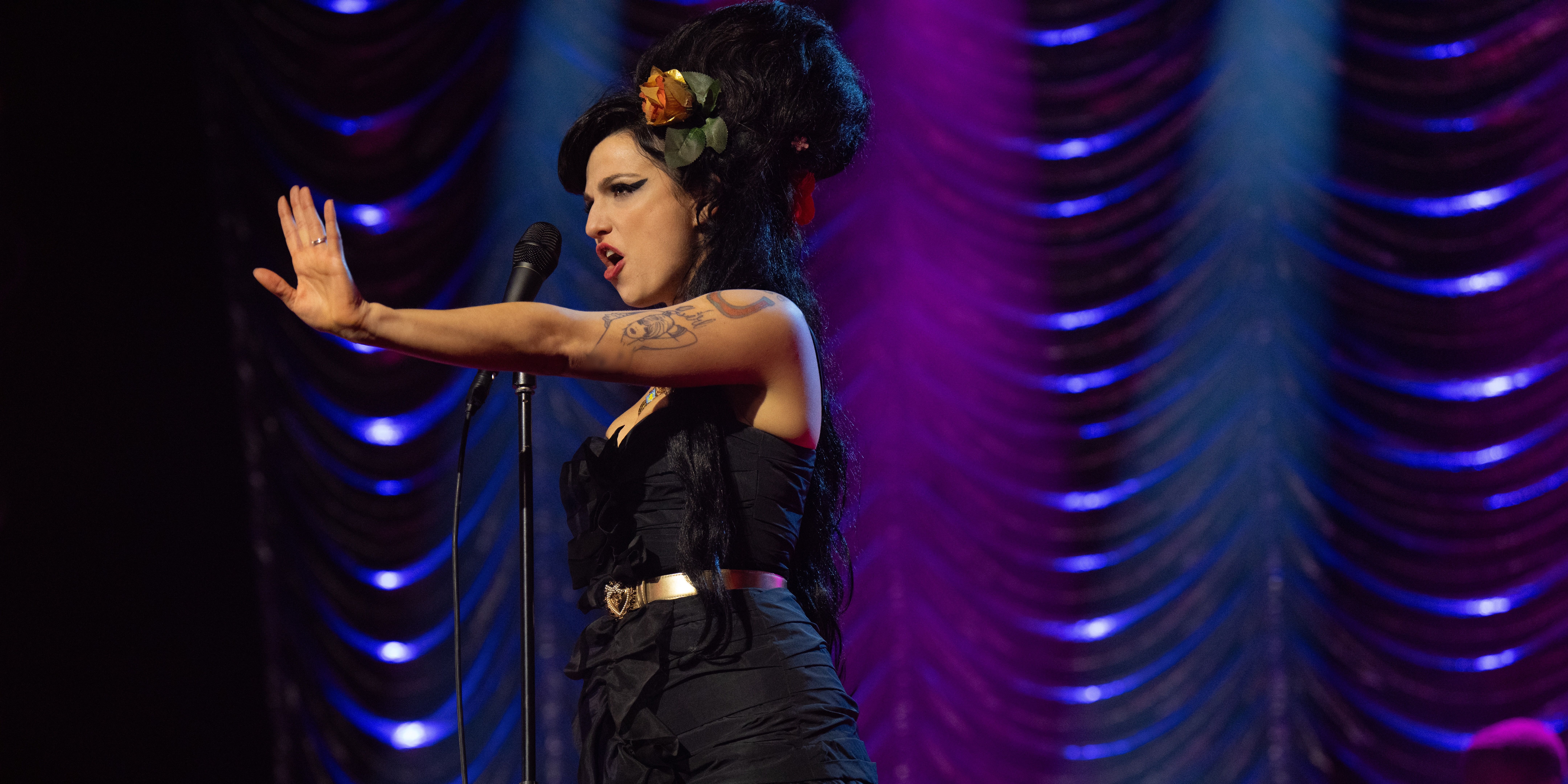





During Winehouse’s meet-cute with Blake in the film, he introduces her to the 60s group The Shangri-Las. Blake is surprised that Amy doesn’t know who they are, despite having been influenced by that era of music. However, there’s no actual evidence that Winehouse didn’t know who The Shangri-Las were before meeting her on-again/off-again boyfriend.
In fact, the 60s girl group, along with the Velvelettes, heavily influenced the songs on Winehouse’s Back to Black album (via Rolling Stone). The Shangri-Las sang “I Can Never Go Home Anymore,” which Winehouse thought was the saddest song. It’s a song she listened to over and over again after she and Blake broke up (via TikTok). All that said, Winehouse knew her music and the history of the era, so the insinuation that she wasn’t at least familiar with The Shangri-Las is a strange one.
6. Mitch Winehouse Wanted To Make A Documentary About Amy After She Left Rehab
Winehouse showed up abruptly where his daughter was staying, away from paparazzi
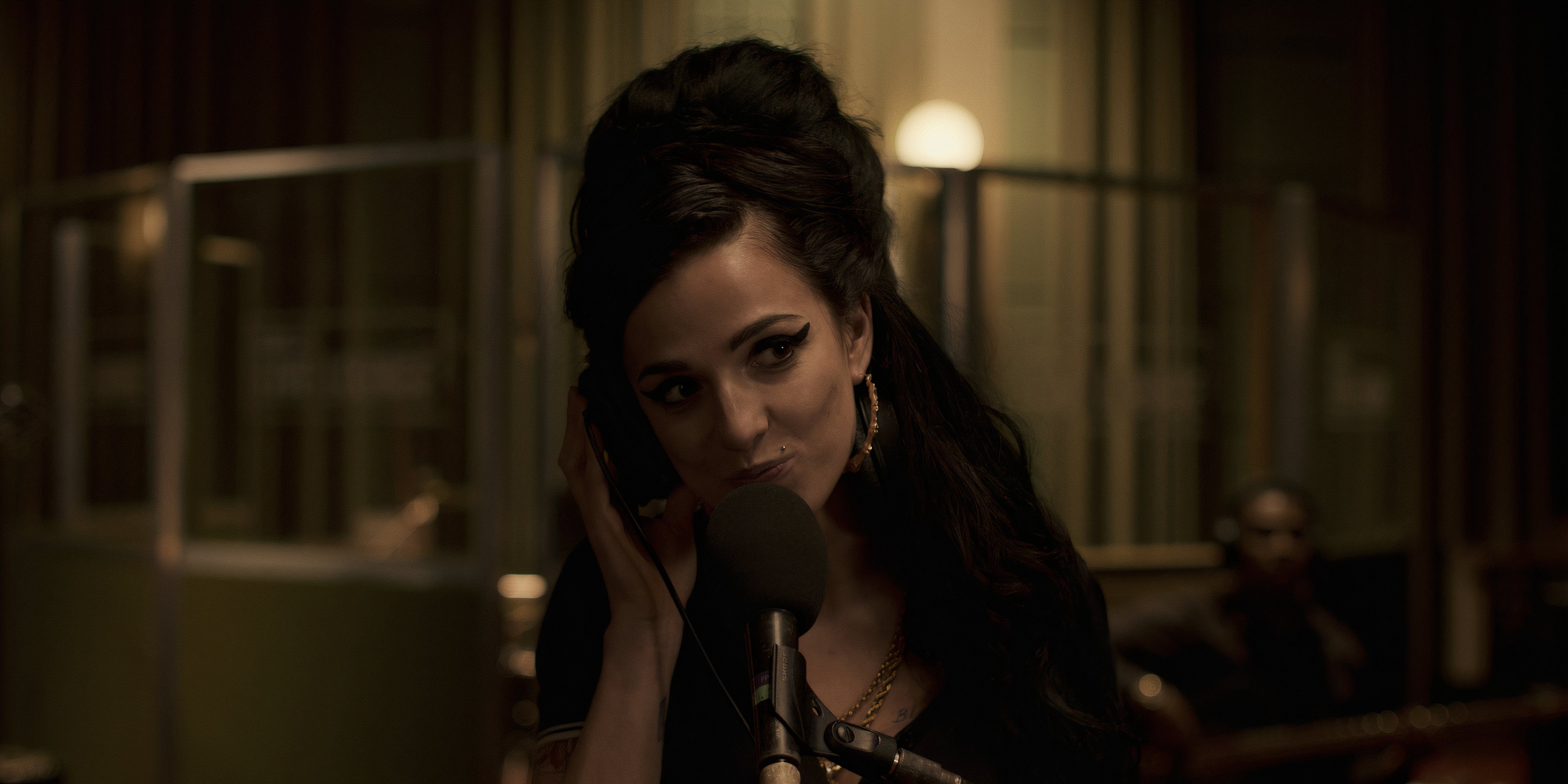
Back to Black has been criticized for sanitizing Mitch Winehouse and the treatment of his daughter; unlike what the film suggests, there was a lot of controversy surrounding his behavior and influence on the singer’s life. One of the key moments that wasn’t included in Back to Black was Mitch’s arrival in St. Lucia, where Amy was staying after a stint in rehab in 2009, with a camera crew with the intent on making a documentary.
Winehouse did not seem to consent to the camera crew being there, and she doesn’t look very happy about the intrusion. Additionally, Mitch Winehouse didn’t like the 2015 documentary about his daughter. He told the filmmakers that they were a disgrace, and they should be ashamed of themselves for making it (via The Guardian). As for the alleged documentary Mitch was attempting to make, that didn’t surface.
5. Back To Black Left Out Amy Winehouse’s Boyfriend Reg Traviss
The singer also dated Alex Clare
Contrary to what Back to Black suggests, Amy Winehouse had a couple of major relationships aside from the one she had with Blake. That included Reg Traviss, a director Winehouse was dating at the time of her death in 2011. Winehouse and Traviss had begun dating in 2010 and, according to Mitch Winehouse’s biography, the pair would have gotten married and started a family together if not for Amy’s death (via Digital Spy).
After breaking up with Blake years prior to starting a relationship with Traviss, Winehouse dated Alex Clare, a chef and musician, from 2006-2007. After the pair’s breakup, however, Clare publicly revealed details of their sex life, though Amy seemed sad about the end of their relationship. Winehouse ultimately returned to Blake, and the chaotic couple got married in Miami Beach in the spring of 2007, though their marriage wouldn’t last very long.
4. The Reason For Amy Winehouse & Blake Fielder-Civil’s Divorce Was Different
The divorce papers reveal Blake wanted the split due to Winehouse’s multiple affairs
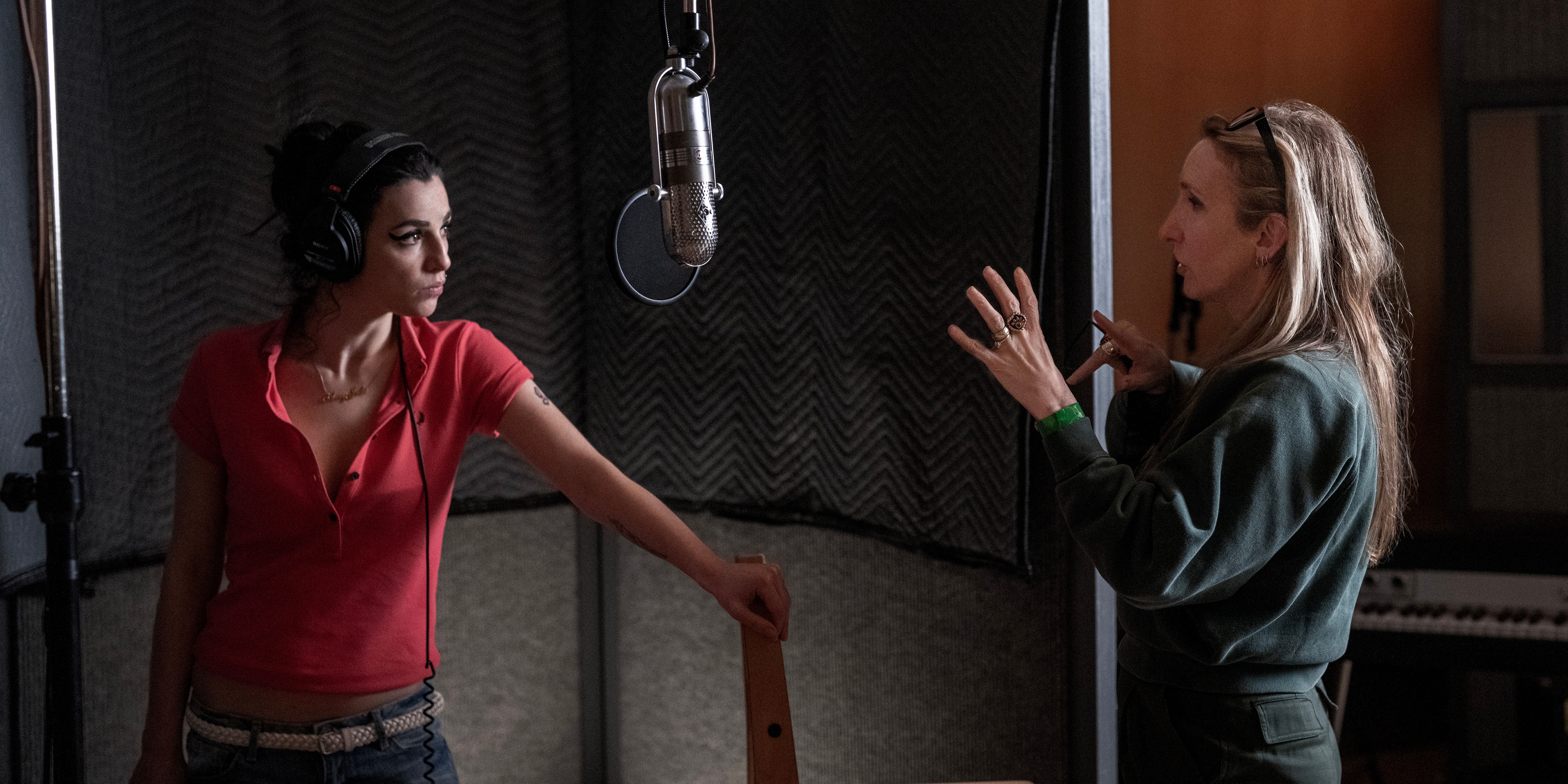
Amy Winehouse and Blake Fielder-Civil may have been married for a short amount of time, but he spent a lot of that time in jail. However, in January 2009, Fielder-Civil filed for divorce from Winehouse, citing her adultery as the main reason. That same month, Winehouse was in St. Lucia with another man, actor Josh Bowman, whom she reportedly said she loved (via CNN). Fielder-Civil alleged at the time that Winehouse had cheated on him with multiple men, not just Bowman.
In Back to Black, Blake tells Amy that they’re not good for each other, that they’re pretty toxic, and that’s why they should get divorced. There are implications of Winehouse’s affairs, but they’re not really shown onscreen. In reality, Winehouse did reveal that her marriage to Blake had a lot to do with drugs, though they, in their own way, loved each other.
3. Amy Winehouse Didn’t Relapse Because Blake Had A Child With Another Woman

One of things Back to Black implies is that Amy Winehouse relapsed after hearing that her ex-husband was with another woman and had a baby with her. However, the timeline doesn’t match the reality of the situation. Blake’s baby was born in May 2011, and Winehouse didn’t die until the end of July 2011. That is a two-month time difference.
What’s more, Blake and Amy hadn’t been together for years at that point, and the singer was dating Reg Traviss at the time of her death. Back to Black makes it seem like Winehouse’s reaction was instant, that she heard the news about Blake’s baby and headed upstairs thereafter with a bottle of vodka in hand. The film misses the moments leading up to her death, including her final performance in which it was clear she wasn’t doing very well.
2. Back To Black Only Featured Amy Winehouse’s More Successful Performances
H3: Her final performance in Belgrade didn’t make the cut
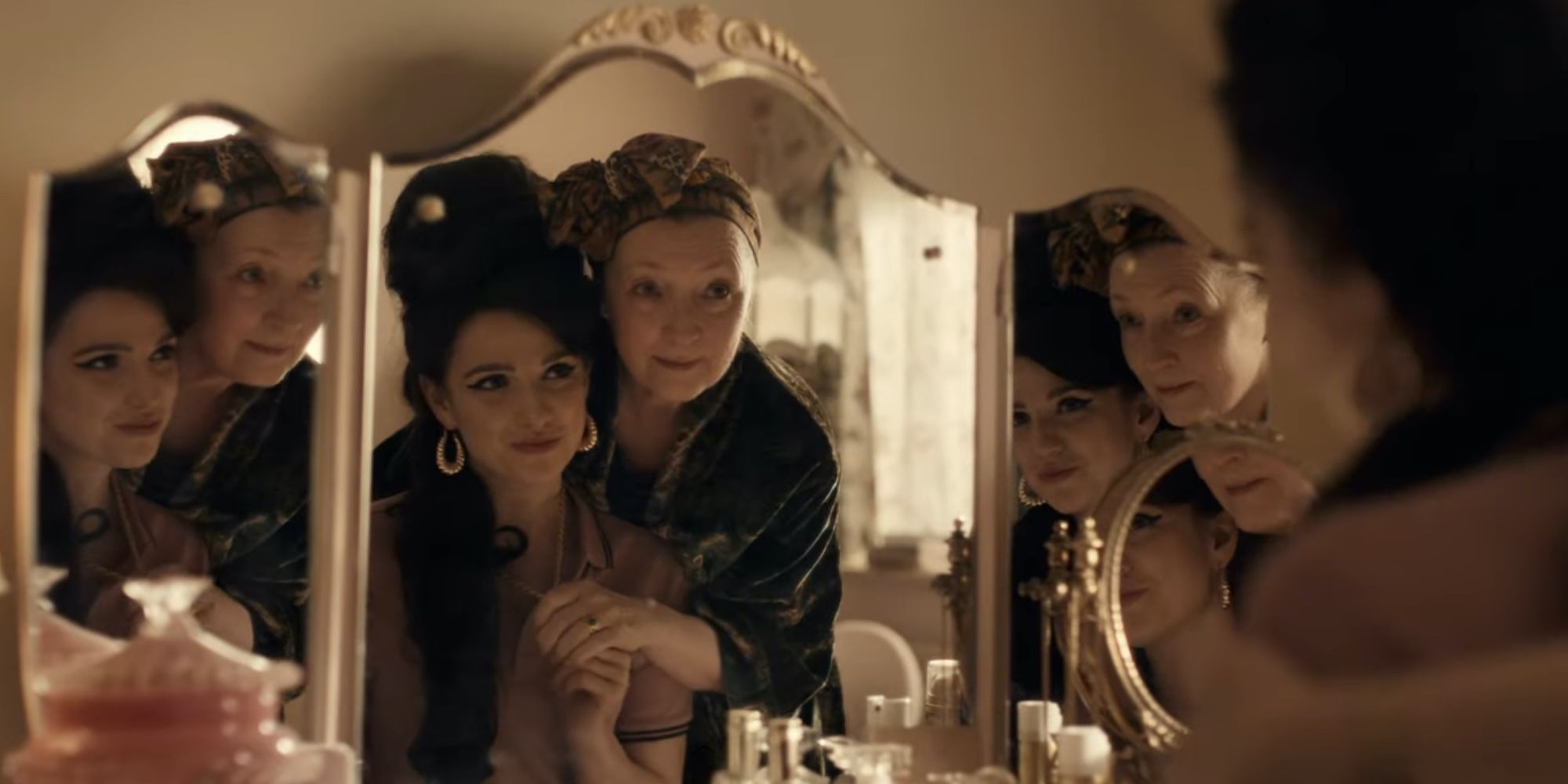
Speaking of Winehouse’s performances, Back to Black primarily includes some of her better and more successful performances, like the one at the Grammys. Yes, the biopic does feature a couple of performances in which she’s consistently holding a drink (at one point, she comes off the stage towards the audience with a cup of alcohol firmly in one hand), but such performances were still technically good. Back to Black cuts one of Winehouse’s most highly-publicized performances of all — her final performance in Belgrade, Serbia.
Winehouse had recently returned from a stint in rehab and was kicking off her summer tour in Europe. However, from the moment the singer stepped onstage it was clear there was something wrong and that she was not well. Winehouse reportedly could not remember the lyrics to her songs, her band’s names, nor the city she was in (via the Independent). She was also booed by the audience. The rest of the tour was canceled, though the performance doesn’t make it into Back to Black’s ending moments.
1. Amy Winehouse’s Bulimia Was Not A Focus Of Back To Black’s True Story Depiction
It’s not mentioned in the film
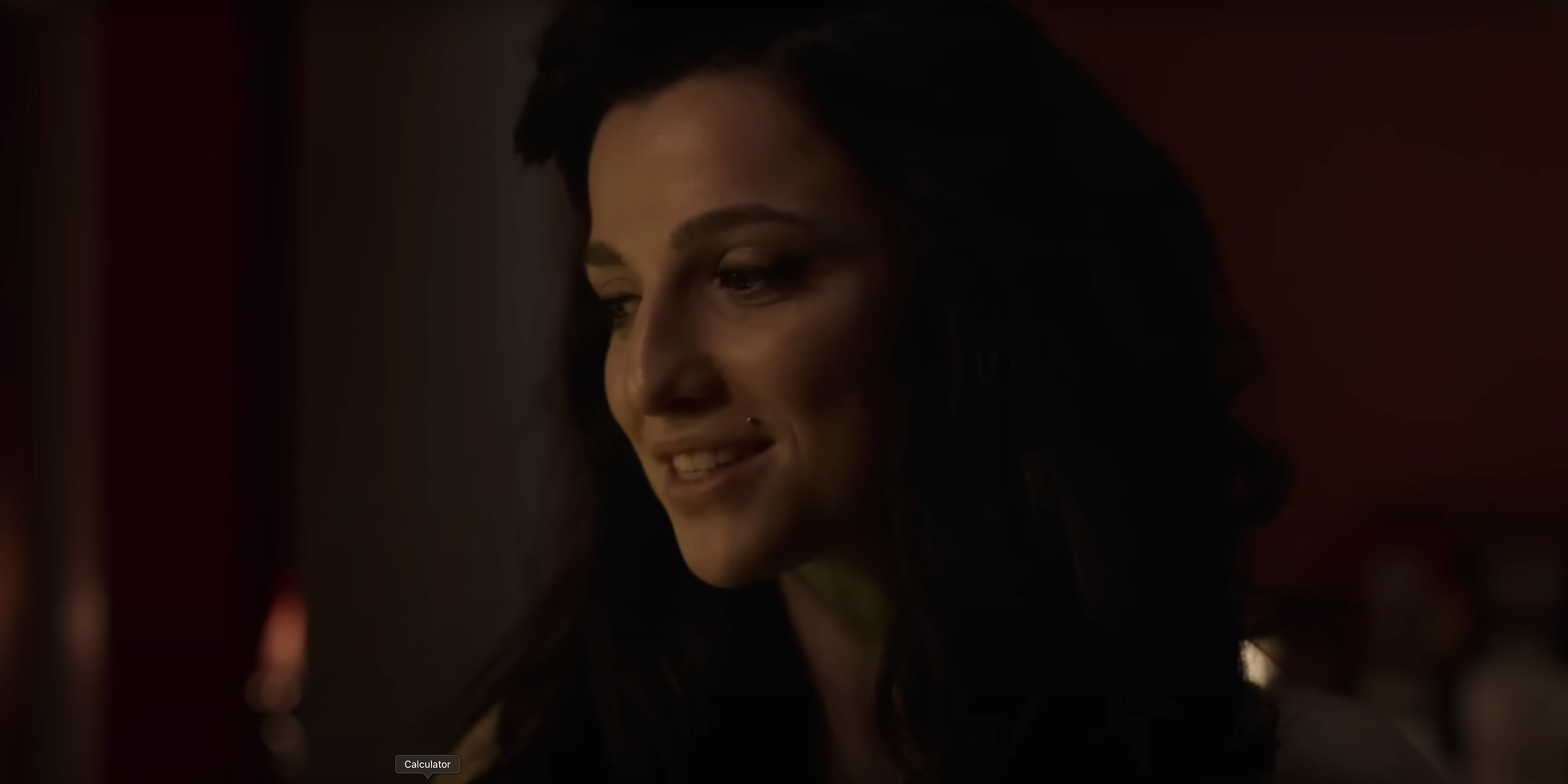
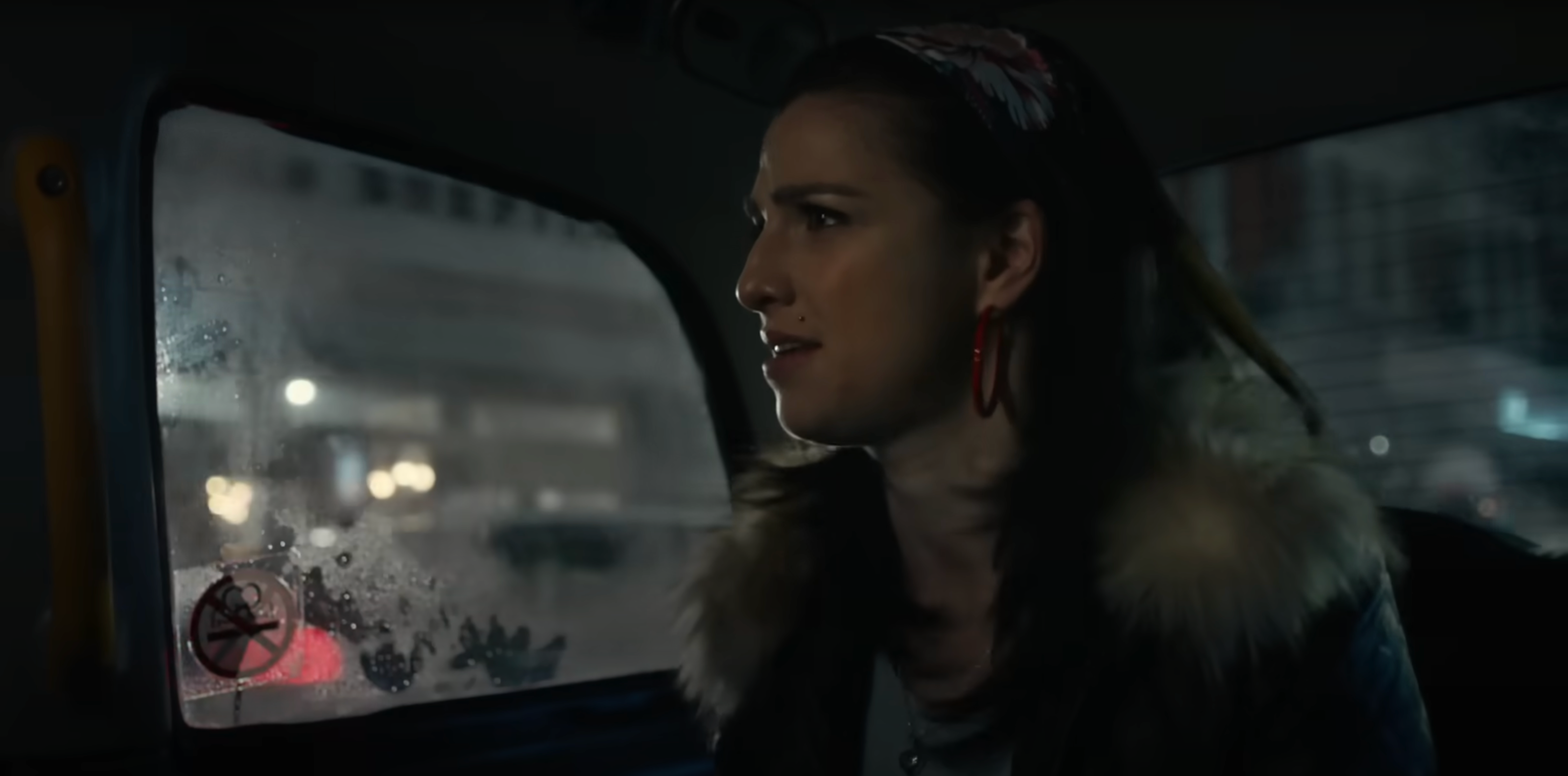
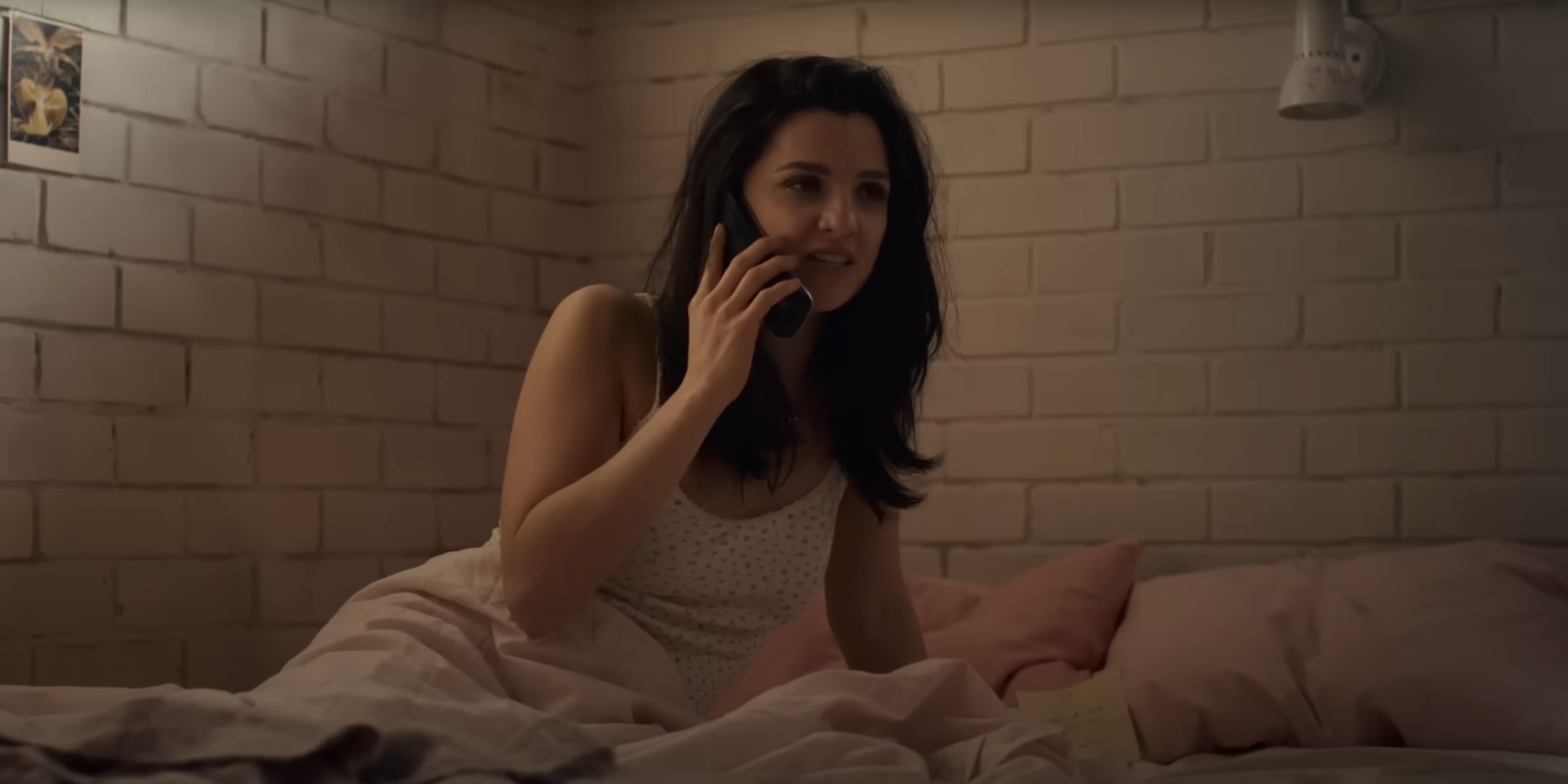
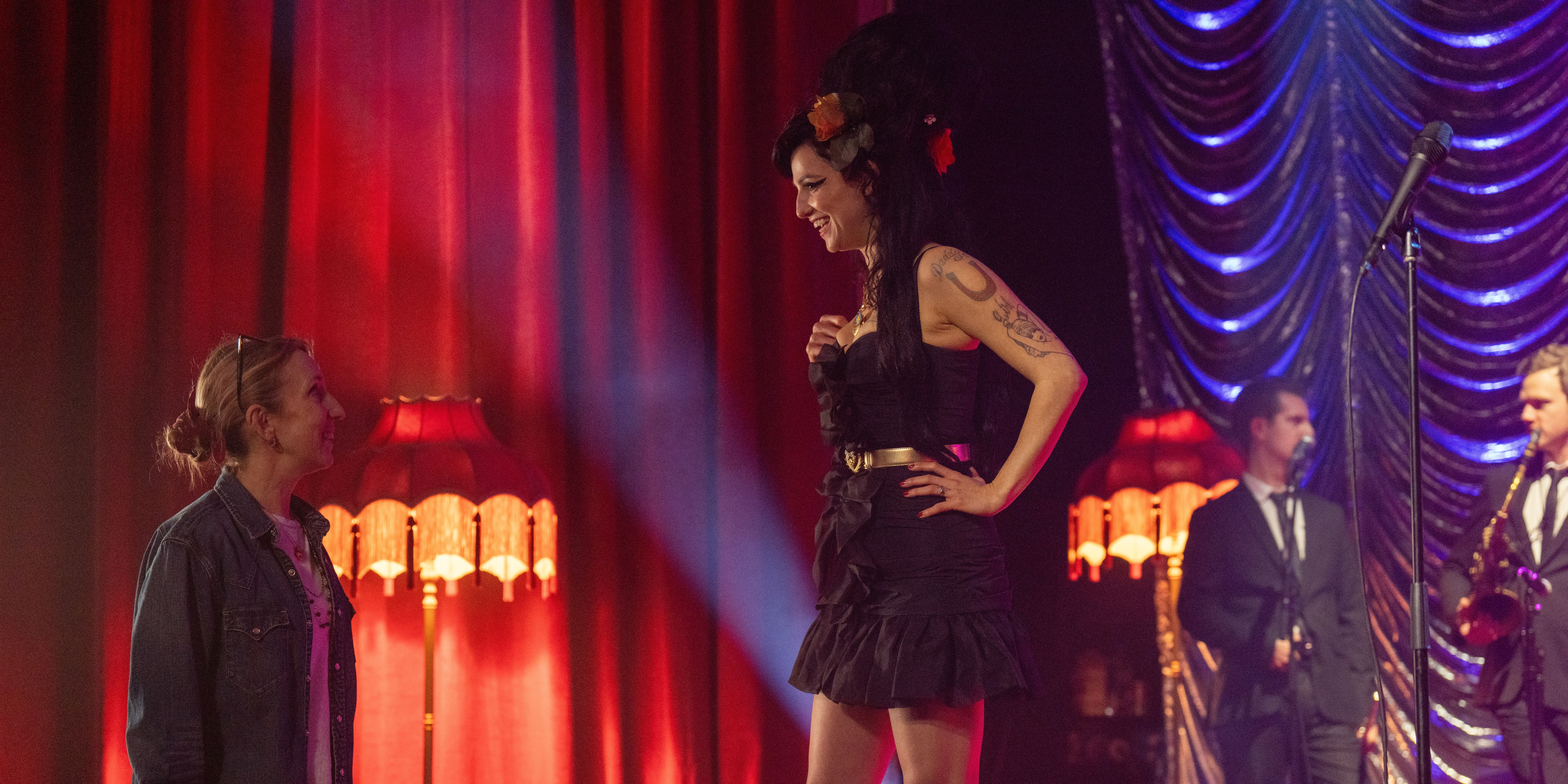






Amy Winehouse struggled with bulimia, but Back to Black only brushes the topic, with someone mentioning how much weight she’s lost at one point. It’s the first and only time the topic is brought up. According to Winehouse’s brother Alex, the singer’s bulimia developed during her teens, with Alex believing it is, in part, to blame for his sister’s death (via The Guardian). He suggests that she would have been physically stronger had it not been bulimic.
Back to Black doesn’t explore Winehouse’s bulimia, which moves to the periphery in her overall story. It’s possible that, had Back to Black showcased aspects of Winehouse’s youth, the singer’s bulimia could have been more thoroughly explored. Physically, one can see how it might have affected her during her life, but there is not too much information provided in the film, nor does Winehouse discuss it within the limited framework of the story being told.

